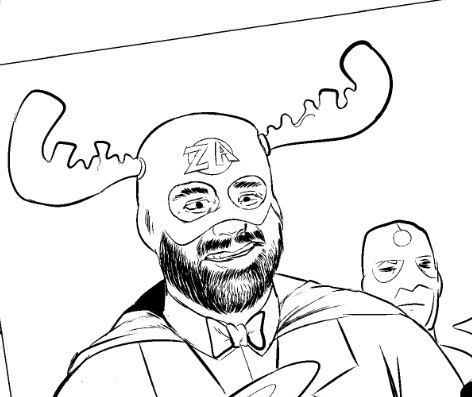Magic, Mystery, Mayhem And Murder: It’s Book Review Time.
Title: Jonathan Strange & Mr. Norrell: A Novel Author: Susanna Clarke Publisher: Bloomsbury USA Genre: Fiction Available From: Amazon, Barnes & Noble Jonathan Strange is an odd book. Its premise is simple: it’s the early 19th century and the Napoleonic…



